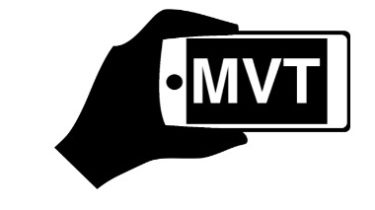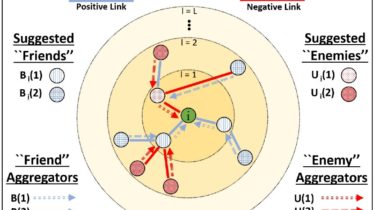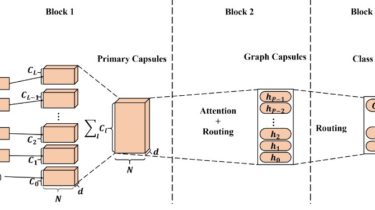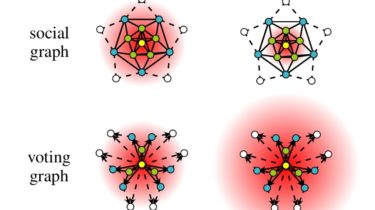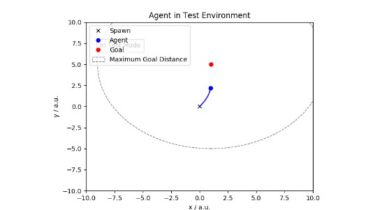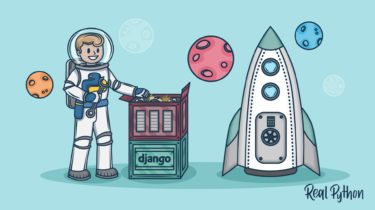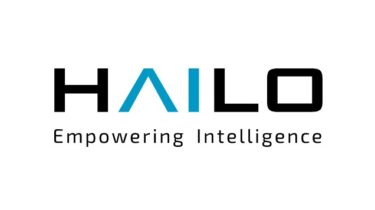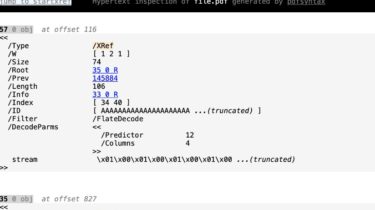A forensic tool to look for signs of infection in smartphone devices
Mobile Verification Toolkit (MVT) is a collection of utilities to simplify and automate the process of gathering forensic traces helpful to identify a potential compromise of Android and iOS devices. It has been developed and released by the Amnesty International Security Lab in July 2021 in the context of the Pegasus project along with a technical forensic methodology and forensic evidences. Installation First you need to install dependencies, on Linux sudo apt install python3 python3-pip libusb-1.0-0 or on MacOS brew […]
Read more